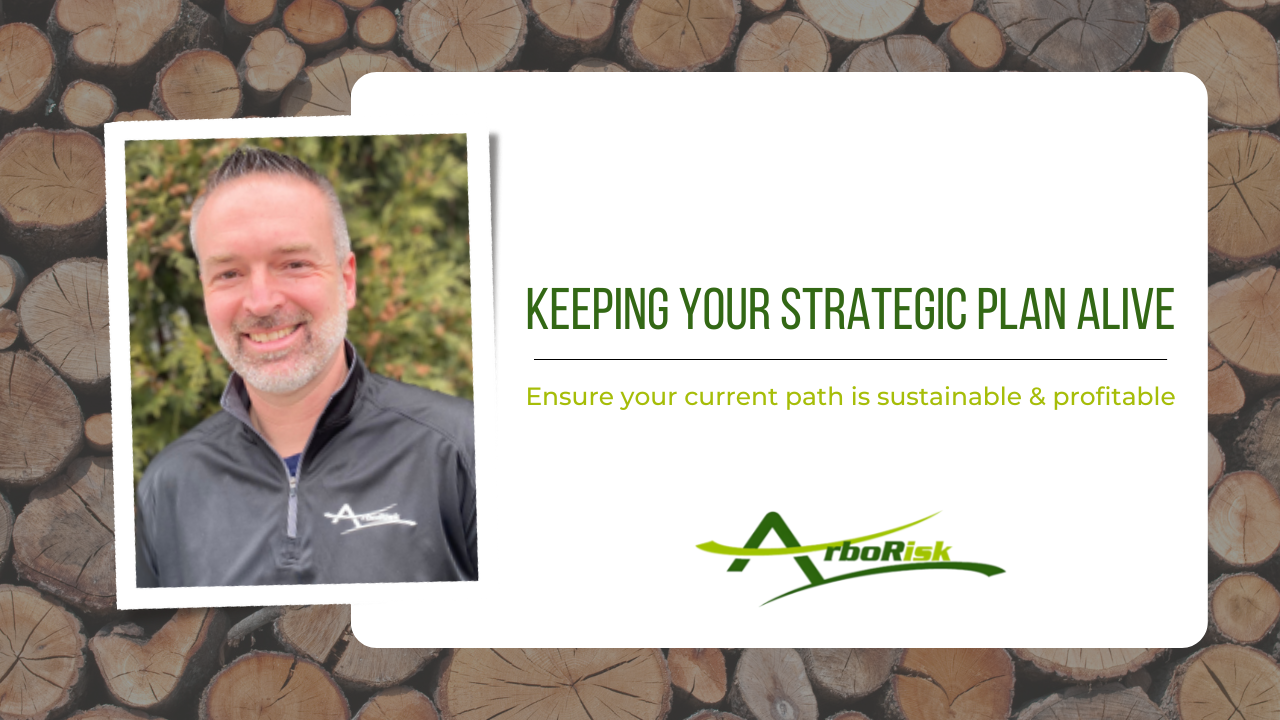The Hard Market Is Here
The Hard Market is Here
Written by Eric Petersen, CIC
Like most industries, the insurance industry has market cycles. The insurance industry uses the terms “soft” and “hard” to describe the particular economic conditions the industry at large is enduring. As a whole, the insurance industry has been operating within a soft market for most of the past decade. In a soft market, insurance companies are more willing to take risks by insuring businesses and individuals who may not meet an exacting underwriting criteria. They also typically do this for a cheaper cost than during a hard market. The soft market creates a greater competitive situation for insurance companies and therefore the insurance customer will get better coverage for less money.
The flip side is a hard market, where insurance companies become more strict and rigid with their underwriting requirements and prices go up to reflect their discomfort with the risks that they are insuring.
Now while some may argue that insurance for tree care companies (especially General Liability and Workers’ Compensation) seems locked in a perpetual hard market, all indications point to a hardening market for all tree care insurance coverage lines coming in 2023.
There are many factors that contribute to why the insurance market hardens, but here are the most common factors:
- Insurance Company Investment Income – In a perfect world, insurance companies will make their income from their investment portfolio, versus from their underwriting revenue. When investments are not growing at an acceptable rate, insurance companies need to make up the lost income by raising their rates for coverage.
- Economic Uncertainty – Like most other industries, the insurance industry does not do well with economic uncertainty. The unknown of what is coming typically makes insurance companies protect their financial strength by increasing their rates to balance out losses to their company, whether that be from future claims, inflation costs to existing claims or from past claims being reopened.
- “Social Inflation” – Today’s legal climate is unpredictable in many ways and leads to what insurance experts call social inflation. Large jury awards (otherwise known as “nuclear verdicts”) raise the potential for a minor accident to turn into a multi-million dollar case. Insurance companies have been on the front end of these social inflation claims for many years now.
- Loss Ratios – When an insurance company is paying more dollars in claims than they take in from premium, their loss ratio begins to swell and the company loses money. Large weather events that produce widespread damage are a major contributor to loss ratio problems across the country.
So what can you do about the upcoming hard market to minimize the impact to your company?
Up your Risk Management Game – You’ve heard us talk about how purchasing insurance is only part of risk management before, but it becomes even more important when the insurance industry is in a hard market. Identify what areas of your business could be improved to reduce the likelihood of an injury or accident happening and then implement a plan to take action upon that risk. Seek help from your insurance agent and insurance company on what proactive risk management activities will have the most impact upon your insurance rates.
Explore Self Insurance with Intent – Every insurance claim that you file has an adverse impact to your insurance cost. Look at increasing your deductibles so you aren’t as willing to file a small claim as well as find areas within your insurance coverage that you can self insure, think small tools/equipment or the physical damage on older vehicles. A lot of little insurance claims will have a much greater impact on your insurance cost than one large one.
Explore Non-Traditional Risk Transfer Options – Captives or self-insured funds become more attractive to larger tree care companies when the insurance market hardens and traditional insurance programs cannot offer stable rates and terms. There are many different options to explore so work with someone who understands each of the options available to help you select the appropriate one for your business.
Choose the Right Agent – Ensure you are working with an agent who actually understands your business. Your agent is the first line of defense versus large premium increases and insurance market instability. They will know when an insurance rate increase is fair and justified and when it is out of line. They also will know how to position your business to the insurance company to receive the lowest possible rate.
Understanding what a hard market is and how to minimize the impact to your company can be a huge difference maker in your profit margin. Make sure to ask plenty of questions when reviewing your insurance policies with your agent at renewal time. And while no one knows for sure how long or severe a hard insurance market will last, they typically are shorter in length than a soft market. If you have any other questions on what the changing insurance market means for your business, please contact an ArboRisk team member today.







Recent Comments